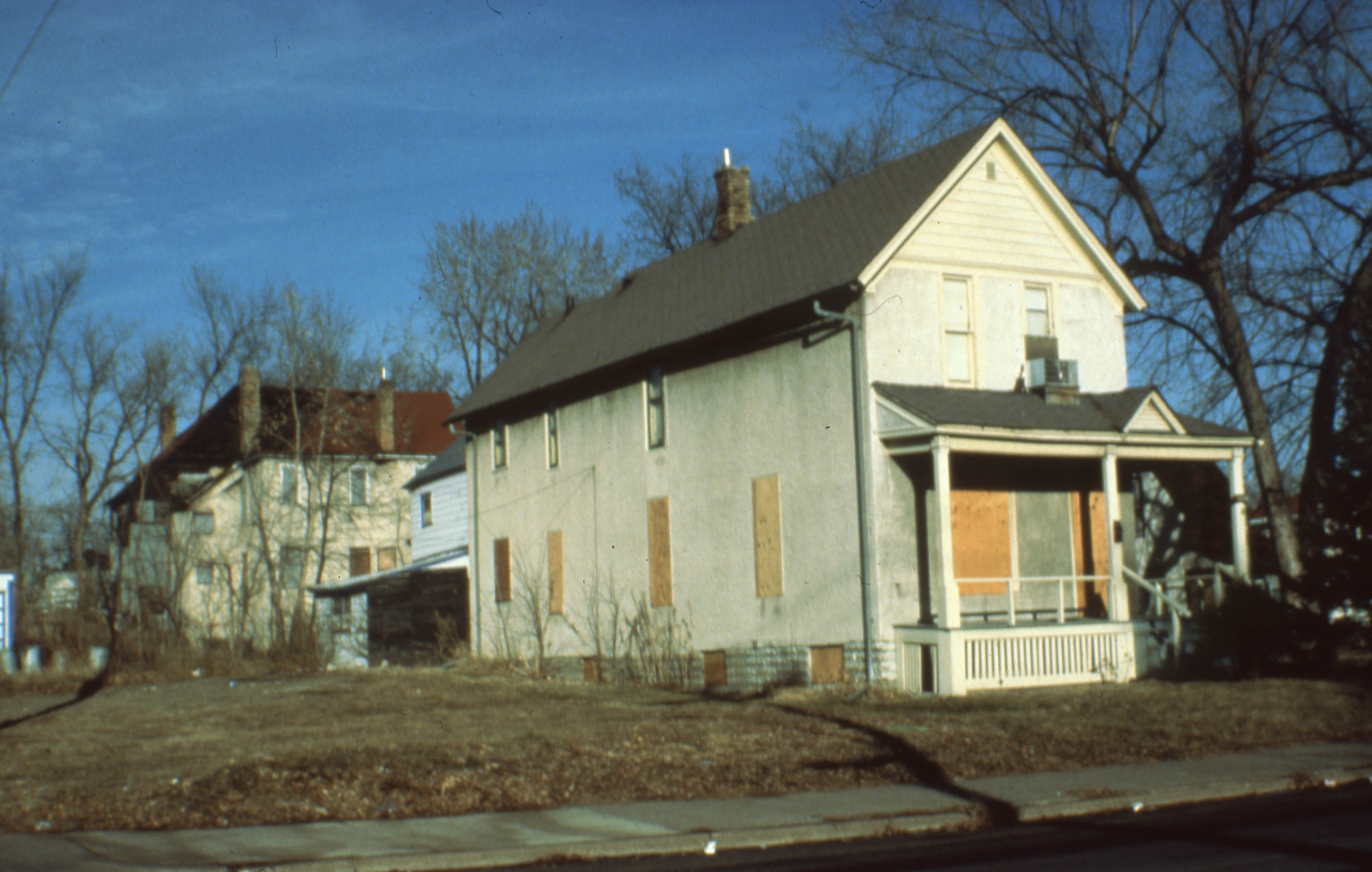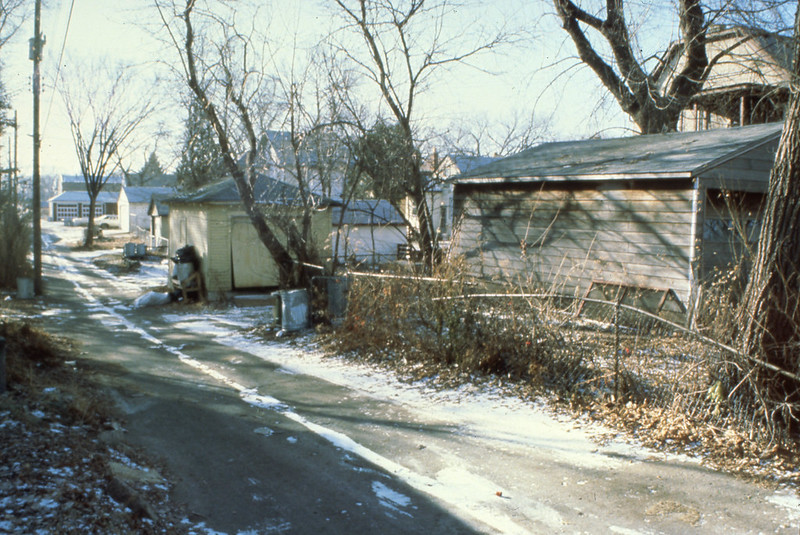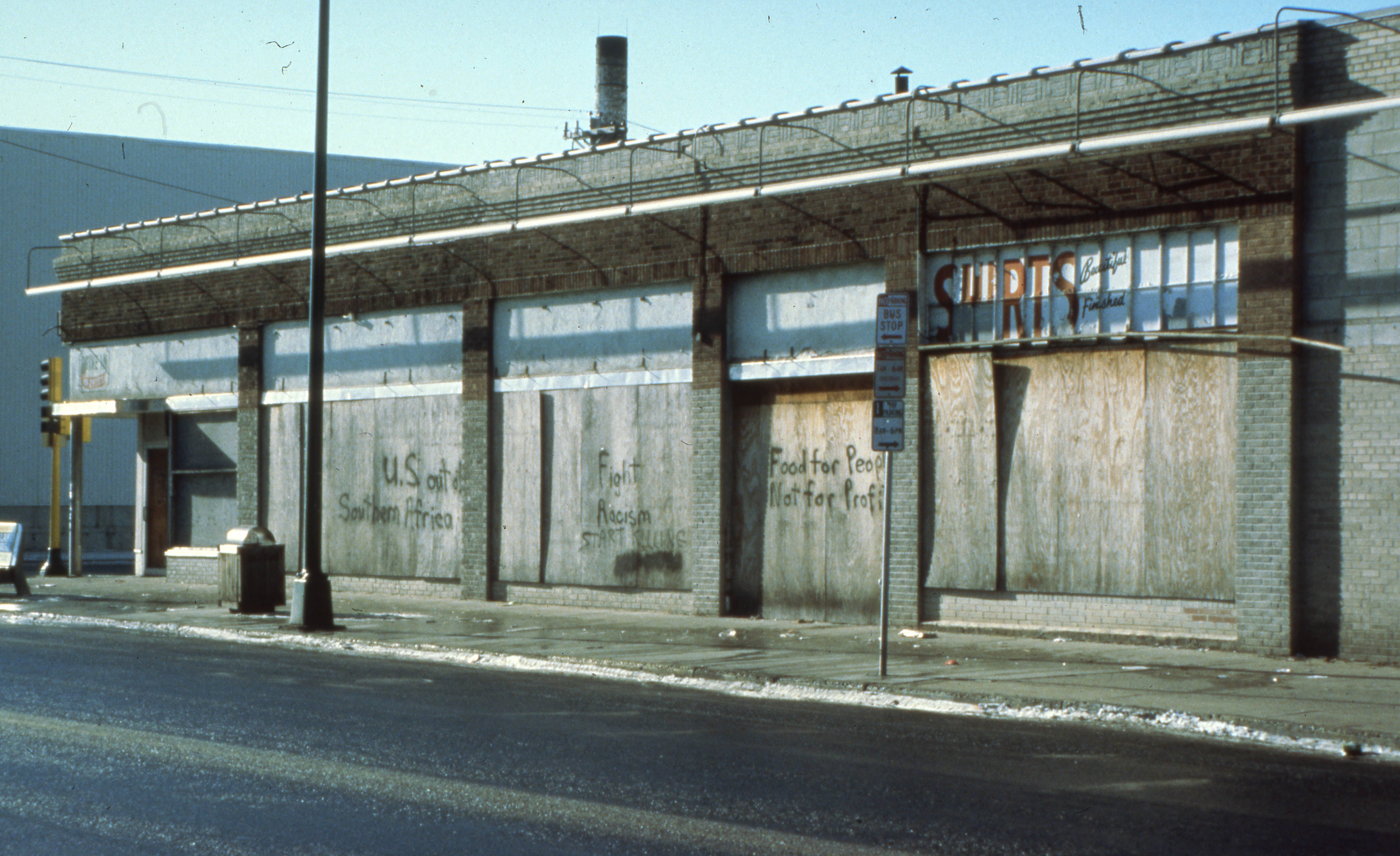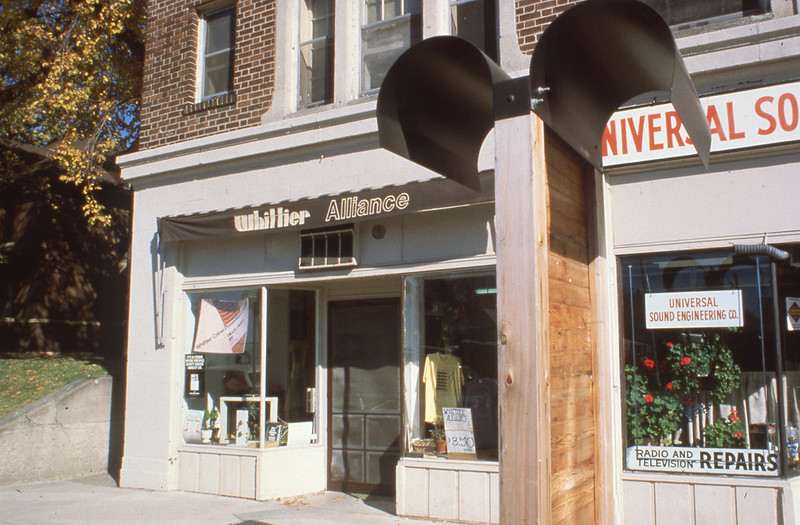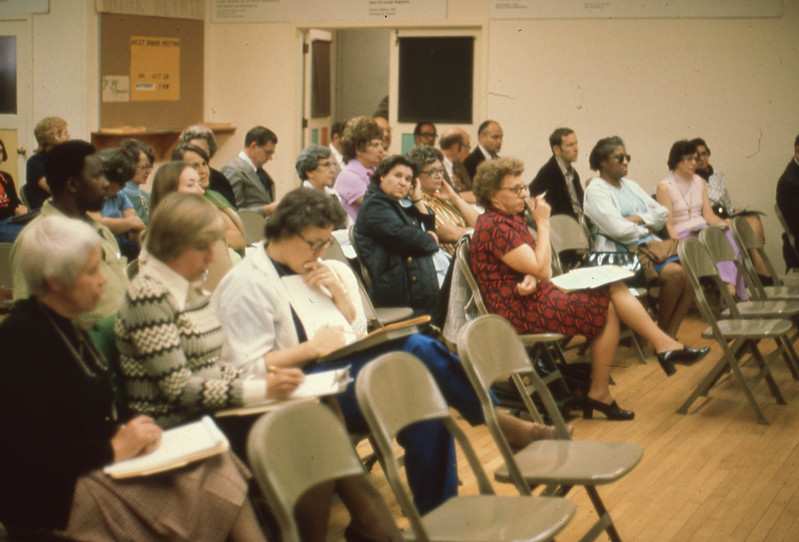Understanding NRP
Here is how residents worked through their neighborhood organizations in partnership with NRP to save the City of Minneapolis.
The Crisis and the Solution: NRP
The NRP Framework
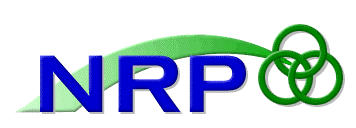 The NRP structure and funding is determined by both Minnesota Statute and City Ordinance. By state and local law, $390 million was to be allocated over 20 years to support revitalization projects created and implemented by residents working through their neighborhood organizations.
The NRP structure and funding is determined by both Minnesota Statute and City Ordinance. By state and local law, $390 million was to be allocated over 20 years to support revitalization projects created and implemented by residents working through their neighborhood organizations.
The NRP laws identified the structure and goals of NRP:
- Citizen participation was a core element of NRP.
- An independent NRP Policy Board was required by statute.
- NRP dollars could only be spent on adminsistration of the program, or on activities identified in approved neighborhood action plans.
- The city must organize neighborhoods to prepare and implement neighborhood action plans, and "must include the participation of, whenever possible, all populations and interests in each neighborhood including renters, homeowners, people of color, business owners, representatives of neighborhood institutions, youth, and the elderly."
In short, NRP was to be a bottom up, resident driven planning process, and was intended to provide the resources necessary for neighborhood organizations to implement those plans.
NRP planning was divided into two 10-year phases. Each neighborhood organization would plan for and implement the first ten-year plan before beginning planning for the second ten-year plan.
The NRP Process






Cedar Riverside residents vote on their Phase 1 NRP Action Plan at the Brian Coyle Community Center. The Cedar Riverside NRP organized multiple balloting stations at many locations in the neighborhood over several days.


